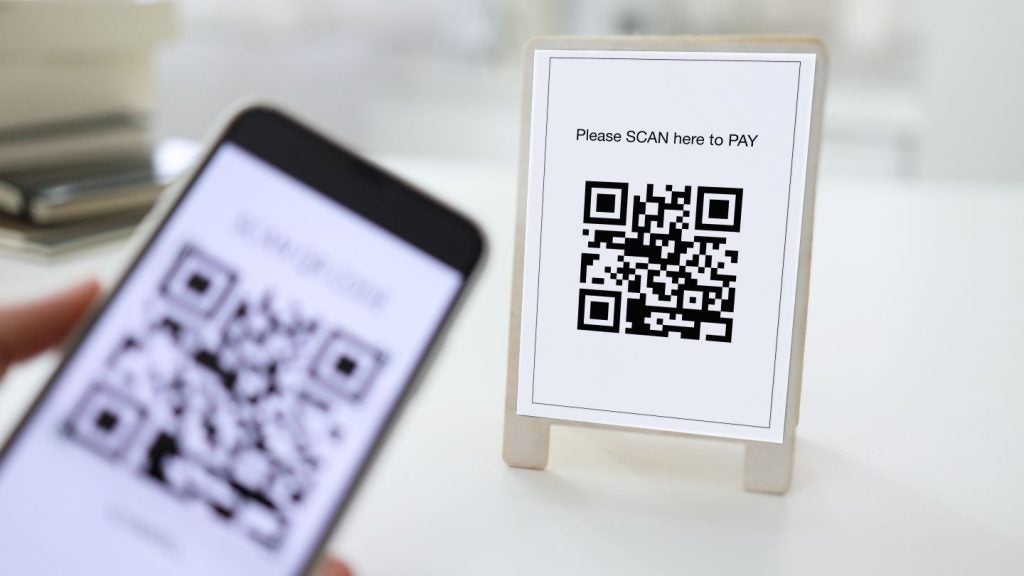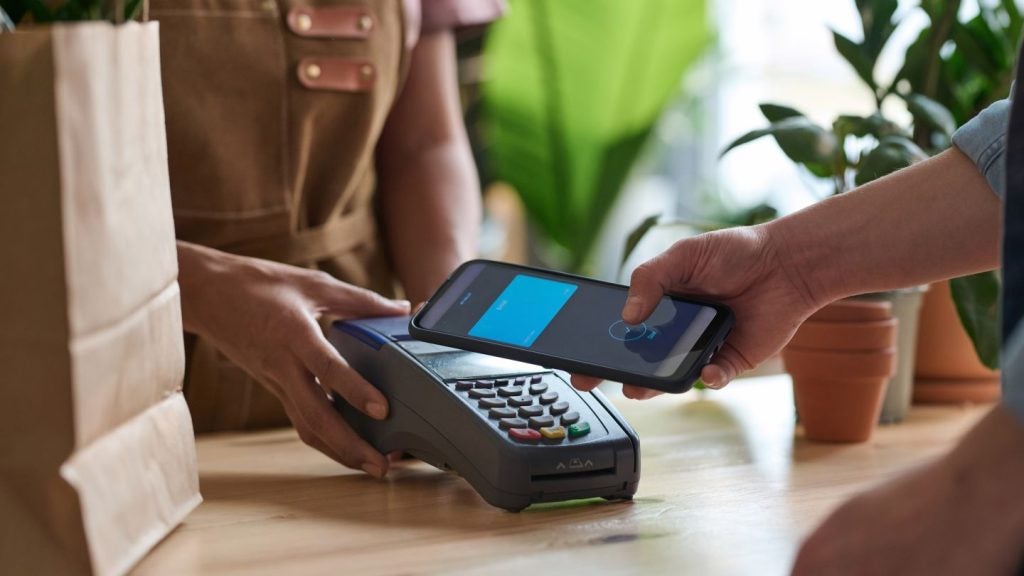The rise of payments on digital and mobile channels has led to more sophisticated fraud across the Asia-Pacific region. This is evident even in countries with mature digital payment infrastructures, writes Samantha Humphrey, senior fraud solutions consultant at ACI Worldwide
In our 2016 Consumer Fraud Survey, we found that more than a third of consumers in Australia, India and Singapore have experienced card fraud in the last five years. Given the growth of digital transactions that we’ll expect to see, it is more critical than ever to match seamless customer experiences with accurate and responsive security measures.
Banks are starting to embrace a multi-faceted approach to fraud detection and prevention, with the use of big data and advanced analytics.
Data analytics will boost fraud detection
Banks gain an edge if they treat security solutions as a real business opportunity, rather than merely a control mechanism. For example, fraud data analytics can augment customer relationship management (CRM) strategies by allowing banks to build trust profiles of their genuine customers’ known behaviour.
Predictive analytics can identify real-time fraud by sifting through huge volumes of both financial and non-financial data. Big-data technology quickly and accurately uncovers anomalous behavioural patterns that are indicative of fraud – many of which would have been missed by rules-only solutions, and certainly by fraud analysts alone.

US Tariffs are shifting - will you react or anticipate?
Don’t let policy changes catch you off guard. Stay proactive with real-time data and expert analysis.
By GlobalDataBesides hunting for fraud in a real-time environment, banks conversely also need to detect genuine transactions and allow them to process smoothly. Banks have to ensure the fraud solutions they have in place do not inconvenience genuine customers who expect payments quickly and without friction.
With the goal of giving their customers the best user experience with security, the complex processing of big data and advanced machine learning will be a new space for banks in Asia to improve fraud detection.
Empowering customers through education
While Asian markets vary significantly and each country has unique fraud challenges, customer education continues to be important across the region. There is great potential in educating customers on fraud trends and how to protect themselves.
This can include self-service solutions such as card control, where customers can decide to disable online transactions or foreign ATM withdrawals, or enable SMS alerts so they know when transactions above a certain threshold are attempted on their accounts.
Customers can also passively participate in fraud detection by sharing their geo-location and device fingerprint data. When customers share their data, banks can quickly identify genuine transactions without hindering the customer’s transactions while they are travelling, ensuring a smooth customer experience.
Greater collaboration at industry level
With at least 2,260 confirmed data breaches in 2015 alone, security remains a priority in the financial services industry and among consumers. Fraud risk managers across the region should view fraud intelligence as an opportunity to collaborate with other fraud risk managers and law enforcement to combat fraud on an industry level.
While they may resist sharing data and see this as a competitive issue, the relatively conservative culture will need to change, as the need to protect banks and customer confidence in Asia’s banking infrastructure grows.
As Asia continues to lead in mobile payments, with consumers embracing digital wallets on a huge scale, banks will need to transform their payment infrastructures to support any-to-any payment flows in a secure environment by incorporating systems and processes to accurately detect and prevent fraudulent transactions.
This transformation will not only allow banks across the region to deliver more value and innovative services to customers in a safe and secure manner, but also position them as leaders in the global payment ecosystem.








